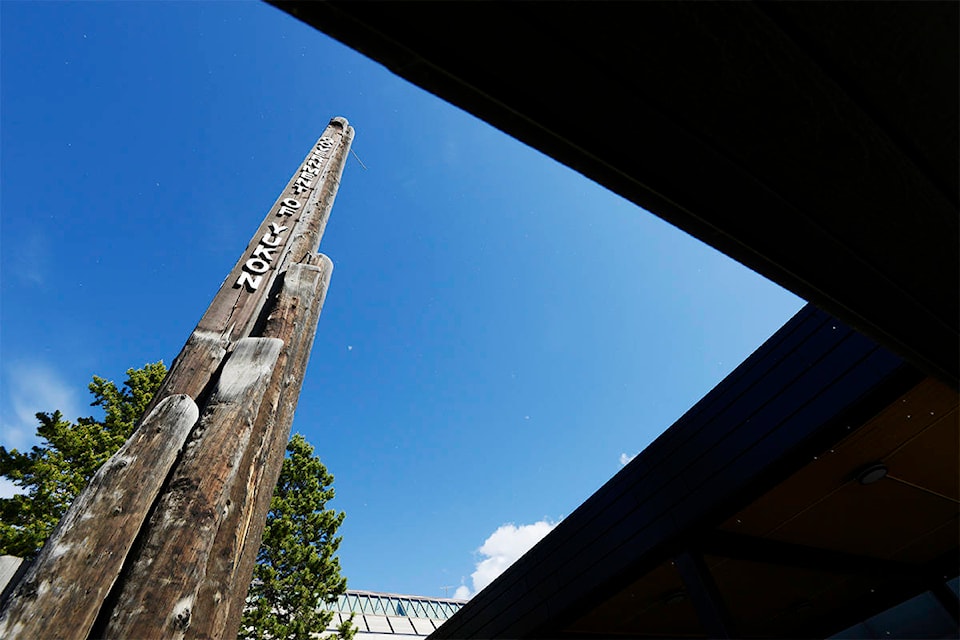While the majority of Yukoners agree with the territorial government’s approach to bringing midwifery into the health care fold, there are still loose ends.
They mostly centre on travelling to Whitehorse from outlying communities in order to access these services. Doing so, according to a document gauging feedback, could be costly and cleave families apart during a time of need. Some participants suggested a review of medical travel supports, presumably to lighten the financial burden.
Kathleen Cranfield, president of the Community Midwifery Association Yukon, said there needs to be more education about what midwives actually do, “the standards to which she, or he, works.”
She noted that this will likely occur once these services are implemented.
Asked whether there potential solutions to deal with concerns like these, Dallas Smith, a senior advisor with the Department of Health and Social Services, said, “I don’t know if we have concrete ideas yet, but, from perspective, moving forward with this initiative … continuous feedback is going to be really important. …”
A department spokesperson said there are no updates to the medical travel supports issue, but that it’s reviewing the program’s policies and procedures.
The “What We Heard” document is the culmination of the Yukon government’s pitch of its plan for integrating, regulating and funding midwifery into the territorial health care system, starting in Whitehorse, where pre and post-natal services, along with birthing, could be offered.
Other communities like Dawson City and Watson Lake will be eyed as locales in which regulated midwifery could be offered eventually, too.
The report outlining input from the public and stakeholders started last fall. There were 618 responses, it says. In addition to surveys, focus groups were also hosted late last year in the three aforementioned jurisdictions.
Roughly 83 per cent of respondents agree with the Yukon government’s plan, according to the report; about 75 per cent are interested in having midwifery services accessible in their respective community.
“Overwhelmingly, both survey respondents and focus group participants wanted women to have the choice of whether to give birth in a hospital or at home,” it says, noting that focus groups participants had “extensive conversations” about how far away expectant mothers should be from the Whitehorse General Hospital.
Recommendations collected during the input period include defining the roles of midwives in order to prevent crossing lines with physicians and nurses. Midwives should be “autonomous” is another suggestion.
“Some participants shared concerns that allowing anything less than a full scope of midwifery practice might result in challenges recruiting midwives, and reduce potential benefits to the healthcare system,” the report says.
It seems to get complicated outside Whitehorse, however. Residents in places like Dawson City don’t have access to the same medical facilities or expertise. Bringing infrastructure up-to-speed in Dawson and Watson Lake could prevent travel to Whitehorse, or “birthing at a distance,” some participants suggested, because midwives would have support in case of an emergency.
Contrary to this thinking, though, is the “enormous amount” of funding and labour required to upgrade emergency facilities in Dawson and Watson Lake, and nurses could be pulled from other responsibilities, according to the report.
“This included access to ultrasound, a blood bank and transfusion capacity, operating rooms, trained medical staff (including a surgeon, anesthesiologist and maternity nurses), and liability coverage,” it says. “Many targeted stakeholder participants and some public participants told us there are not enough births to warrant this increased capacity or to allow healthcare providers to easily maintain their competency, skills and comfort in more urgent birthing scenarios.”
Some of these concerns, Cranfield said, show a lack of understanding.
“I do think that the education needs to be a little bit more accurate in terms of what is safe and where the evidence has proven midwifery to be safe instead of suggesting that just because it’s here that it may not be,” she said.
There is “strong support” for pre and post-natal care to be offered in communities, the report says (about 73 per cent).
As for midwife-led birthing, all focus group participants and 80 per cent of survey respondents want them to be restricted to Whitehorse initially.
“There was no consensus,” the report says, “although the public focus group participants and midwives tended to favour midwife-led birthing in a larger geographic area than physicians and nurses.”
Most respondents — roughly 87 per cent — were female; about 84 per cent were non-Indigenous; and roughly 53 per cent of respondents were between the ages of 30 and 39.
Smith said a midwifery program will likely be implemented later this year.
Contact Julien Gignac at julien.gignac@yukon-news.com
